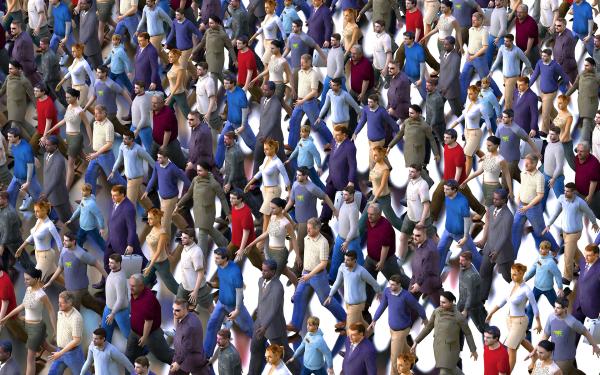Let’s begin with their definition
“A herd immunity threshold is the proportion of a population with immunity against a communicable disease agent (resulting from innate immunity, natural infection, or vaccination) above which transmission of the agent is largely prevented, except for sporadic outbreaks in under-vaccinated or otherwise incompletely protected subsets of individuals.”
You will note that natural infection is one of the sources of herd immunity. Because COVID-19 was a novel virus, none of us had any innate immunity unless there was some cross-activity with other infections we might have had.
“Herd immunity theory seemed useful as a general concept but was inadequate in important real world situations.”
The authors begin by noting how that definition came to be. The experience with smallpox taught that immunity from infection could be achieved from natural infection or vaccination. Studies of measles in the mid-1800s revealed that
“measles and some other epidemic infections of early childhood elicited long term protective immunity that reduced or prevented epidemics, until such time as cumulative births resulted in sufficiently large cohorts of susceptible children to support new waves of transmission.”
While measles was felt to have a “herd immunity,” with about 85% of the population having been exposed, quantifying a specific herd immunity was and is elusive. There are far too many cofactors – transmission rates, population density, our response to infection, and asymptomatic carriers.
They point to several factors making herd immunity for COVID-19 more aspirational than possible.
- What does immunity mean? – We might have imagined that it was total; once treated, no infections. But breakthrough infections from the vaccine and reinfections from those with prior COVID-19 infections put that idea to rest. Immunity at this juncture is from severe disease – the disease trajectories that result in hospitalization or death. It is not immunity from being infected or being a transmitter to another.
- Immunity, unlike herpes, is not forever – The protection afforded by our immune system varies with the foreign agent. It is basically one and done for measles, but for COVID-19 and other respiratory viruses like influenza, immunity wanes over time – an interval that varies with both the host and pathogen.
- COVID-19, like the other respiratory viruses, is subject to antigenic drift – That is the term for what causes all the variants we have seen and will see. The shape-shifting of the virus may evade our immunity to a greater or lesser degree. In the dance between the virus and the host, the virus leads, and we follow. Pathogens with less antigenic drift, again measles comes to mind, is a target that remains relatively stationary. For COVID-19, in the words of the great epidemiologist Jerry Lee Lewis, there’s a “Whole lot of shakin' goin' on.”
- Human behavior – we have the means to reduce exposure; masks, and distancing, outdoor activities all come to mind. We often do not have the will. In other cases, our kith and kin make us feel more invincible than, in fact, we are.
"But encouragingly, after more than two years of viral circulation, and more than a year of vaccines with boosters, we now have a high degree of background population immunity to SARS-CoV-2, as well as medical countermeasures such as antiviral drugs and monoclonal antibodies to prevent progression of disease, and widely available diagnostic tests. … We no longer need the elusive concept of “herd immunity” as an aspirational goal: COVID-19 control is already within our grasp."
I couldn't agree more. It will be interesting to see how the influencers of social media respond. Will they consider what is being said today; recognizing that as the facts change or become clear, opinions can shift? Or will those influencers continue to pillory individuals for the history of their words, stripping away time and space?
Source: The Concept of Classical Herd Immunity May Not Apply to COVID-19 Journal of Infectious Disease DOI: 10.1093/infdis/jiac109




